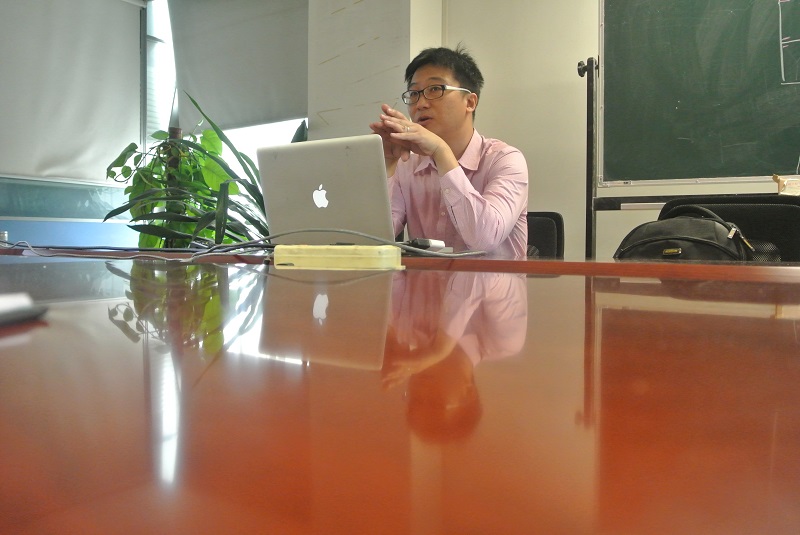题目:Unexpected interactions of nanoparticles with endothelial and epithelial cells
报告人:Dr. David Leong
时 间:6月25日(周三)上午10:00
地 点:方正大厦301会议室
主持人:戴志飞
报告内容摘要:
Nanoparticles regardless as subjects of nanotoxicity or nanomedicine studies will inevitably interact with endothelial and epithelial cells. In the case of nanomedicine, while these cells are usually not the intended target, nanoparticles first interact with them. It is therefore important to understand the effects of these nanoparticles on these cells. Using generic and commonly found non-decorated nanomaterials like TiO2, silica, silver, ZnO, hydroxyapatite nanoparticles, we discovered interesting new effects and solved their mechanisms. We discovered that nanoparticles can cause endothelial leakiness (NanoEL) in vitro and in vivo by finding its way into the spaces (adherens junctions) between endothelial cells, disrupts the homophillic interactions of VE-Cadherin and trigger the signaling pathway that leads to micron sized gaps between endothelial cells (Setyawati, Nature Comms 2013). We also discovered that nanoparticles can inhibit cell migration by targeting and disrupting microtubules. This increases focal adhesion at the interface of surfaces and transmit to increased cell traction (Tay, Nano Letts 2014). We also showed that oxidative stress inducing nanoparticles can be exploited to target cancer cells while sparing normal cells via an vulnerability in p53 defective/deficient cancer cells. Functional p53 pathway in normal cells protect them against the oxidative stress of nanoparticles while cells with deficiencies in the p53 pathway succumb to oxidative stress. This is the first time where targetness of a nanomedicine is purely from a genetic difference between cancer and non-cancer cells (Setyawati, Biomaterials 2013). This talk will also discuss about implications of these novel observations to nanotoxicity and nanomedicine.
报告人简介:

Dr. Leong graduated with a Bachelor of Chemical Engineering and a PhD in Biology from the National University of Singapore. He did his postdoctoral training in the Howard Hughes Medical Institute, University of Pennsylvania and return to his alma mater as a Lee Kuan Yew Postdoctoral Fellow. He later joined the Department of Chemical and Biomolecular Engineering at National University of Singapore as an Assistant Professor in late 2010. His research interests includes figuring out biological mechanisms of nanomaterials, nanotoxicology, new biosensors and new nanomedicine.